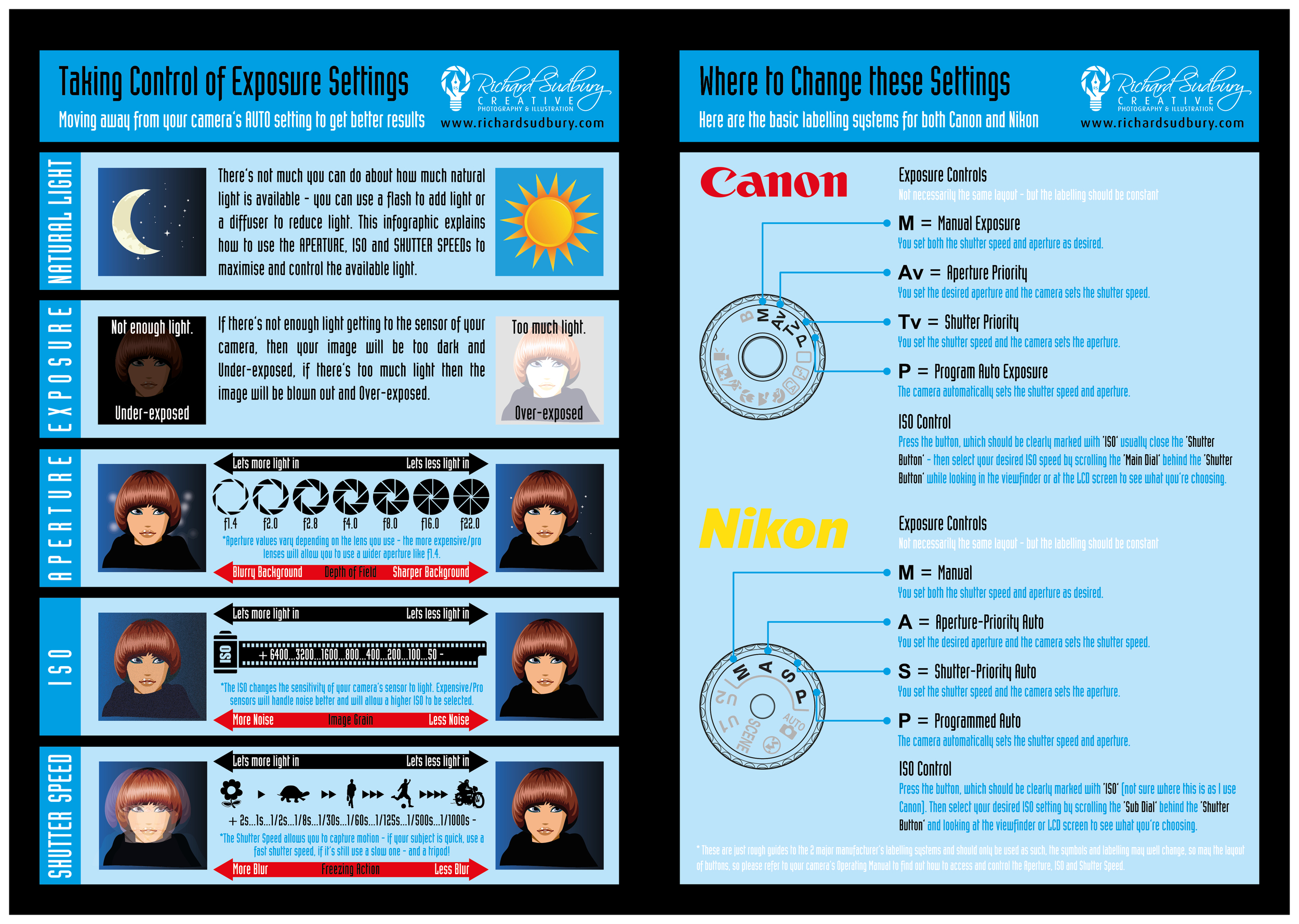What Every Professional Photographer Should Find Out About Illumination
What Every Professional Photographer Should Find Out About Illumination
Blog Article
Developed By-Beck Covington
As a professional photographer, you recognize that lights can make or break your pictures. Recognizing the nuances of both natural and artificial light is crucial for recording the state of mind and clearness you go for in your work. Whether you're chasing after the perfect gold hour radiance or tweak your fabricated setups, grasping these elements can elevate your photography considerably. However there prevail risks that several forget, and recognizing them can transform your approach to every shoot. Allow's explore what you may be missing and exactly how it can influence your outcomes.
Understanding All-natural Light
Recognizing natural light is essential for any type of photographer aiming to boost their job. It's the foundation of excellent digital photography, affecting mood, tone, and clarity. When moved here shoot outdoors, pay attention to the time of day. The golden hour-- quickly after dawn and before sundown-- offers soft, cozy light that can change ordinary scenes right into spectacular pictures.
Do not ignore the power of overcast days. Cloud cover diffuses sunlight, creating a soft, even light that's excellent for portraits and macro photography. You'll locate shades pop in this kind of lighting without harsh darkness.
Positioning matters, too. Always consider your subject's positioning to the light source. If just click the up coming website 's behind your subject, you may wind up with a shape, which can be dramatic yet mightn't be what you want. On the other hand, straight sunlight can produce unflattering shadows.
Explore angles; occasionally, altering your perspective can yield fantastic results. Usage all-natural reflectors, like water or sand, to bounce light onto your topic, including dimension.
Learning Artificial Light
Grasping fabricated light is crucial for professional photographers that intend to take their skills to the following level. Whether you're making use of speedlights, workshop strobes, or continual lights, comprehending how to control these sources can dramatically improve your pictures.
Start by familiarizing yourself with the fundamentals of light top quality, direction, and shade temperature level. Explore various modifiers like softboxes, umbrellas, or grids to regulate the softness or harshness of the light.
You'll locate that soft light typically develops flattering results, while harsher light can include dramatization and deepness. Don't avoid shadows; they can improve the three-dimensionality of your subjects.
Pay very close attention to the positioning of your lights. A light located too near your subject can create uncomplimentary outcomes, while also far away can lead to a lack of information. Use a light meter or your electronic camera's pie chart to guarantee you're revealing correctly.
Last but not least, bear in mind that artificial light can be blended with ambient light for innovative impacts. Stabilizing Learn More Here might take practice, once you grasp it, your digital photography will genuinely beam.
Techniques for Various Situations
When you enter various capturing scenarios, adjusting your illumination methods is critical for capturing the most effective photos. For exterior pictures, make use of the golden hour-- morning or late afternoon light-- to soften darkness and boost skin tones.
If it's a harsh noontime sunlight, take into consideration making use of a reflector to jump light back onto your subject or look for shaded areas for a more even direct exposure.
In low-light situations, like interior events, boost your ISO and use a large aperture to allow in even more light. A tripod can aid get rid of camera shake, enabling longer direct exposures without blurring.
If you're contending evening, try out off-camera flash to develop vibrant lighting and deepness in your photos.
For product digital photography, make use of diffused lights to avoid severe reflections. Softboxes or light tents can aid attain this effect.
When photographing landscapes, think about the direction of light and time of day, as it can drastically change the mood of your shot.
Constantly prepare to readjust your settings and positioning based upon the scenario, as versatility is key to understanding illumination in photography.
Verdict
To conclude, grasping lighting is crucial to elevating your digital photography skills. Embrace all-natural light's appeal throughout gold hour, and don't avoid try out artificial light strategies. By adjusting your technique to various circumstances, you'll catch stunning photos that reverberate with feeling and quality. Keep in mind, the right lights can transform a normal shot into something remarkable, so maintain exercising and fine-tuning your understanding of both all-natural and fabricated light. Pleased shooting!
